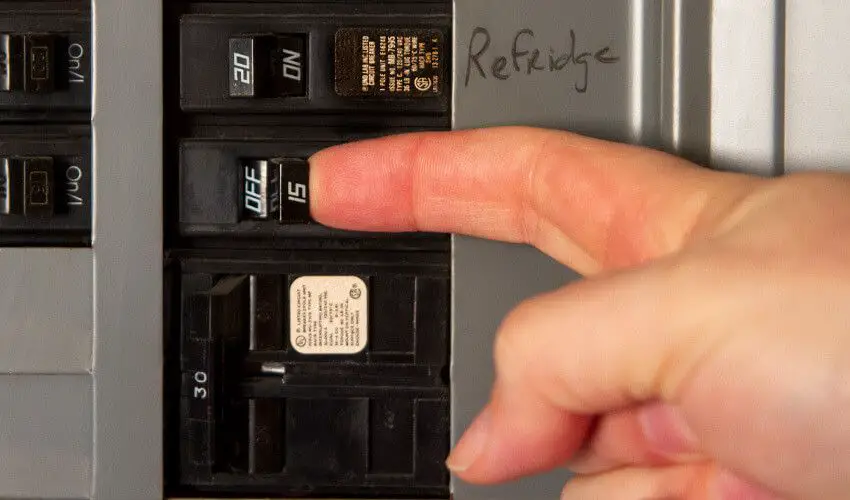Using an 1800 watt appliance on a 15 amp circuit is possible, but there are some important factors to consider first. Let’s take a closer look at the details.
Page Contents
The Short Answer
In most cases, running an 1800 watt appliance on a standard 15 amp household circuit is not recommended. A 15 amp circuit can safely provide around 1440-1800 watts continuously. So while a 1800 watt appliance may work initially, it could potentially overload the circuit over time.
Understanding Amps, Watts, and Volts
To understand why powering an 1800 watt appliance on a 15 amp circuit is risky, it helps to review a few basic electrical terms:
- Amps – The amount of electric current flowing through a circuit.
- Watts – The rate of electric power consumption by an appliance.
- Volts – The electric potential or “pressure” supplied to an appliance.
In simple terms:
- Amps x Volts = Watts
- So for a 120 volt circuit:
- 15 amps x 120 volts = 1800 watts
This shows that a 15 amp 120 volt circuit can deliver a maximum of 1800 watts safely. Exceeding this wattage overloads the circuit and can lead to tripped breakers or unsafe conditions.
Continuous vs Momentary Power Draw
One thing to understand is the difference between continuous and momentary power draw. Some appliances may briefly draw more than 1800 watts on startup or during temporary high power cycles. This momentary spike is usually acceptable if it’s intermittent. The key factor is the continuous wattage requirement while operating.
For example, a vacuum cleaner may briefly draw 2000 watts at startup. But its normal operating power is around 1000-1500 watts. The temporary surge is generally okay. But if an appliance continuously draws over 1800 watts, that’s asking too much of a 15 amp circuit.
Solutions
If you need to run an 1800+ watt appliance, here are some options:
- Use a 20 amp circuit – This provides 2400 watts safely.
- Install a dedicated circuit just for that appliance.
- Use a heavy duty extension cord temporarily.
- Operate the appliance intermittently, allowing cooldown periods.
- Replace with a lower wattage model if possible.
Avoid operating any 1800+ watt appliance for long periods on a 15 amp circuit. The best practice is to use a 20 amp circuit for continuous loads above 1500 watts.
Signs of Overload
Here are some signs your 15 amp circuit may be overloaded by an 1800 watt appliance:
- Frequent tripped circuit breakers
- Overheating electrical cords/outlets
- Dimming or flickering lights when appliance turns on
- Not reaching full power/speed
- Premature appliance failure
These indicate the circuit cannot handle the load. Discontinue use and move the appliance to a higher capacity circuit before damage or unsafe conditions arise.
Key Takeaways
- A 15 amp 120 volt circuit can safely provide around 1440-1800 watts continuously.
- Momentary power spikes somewhat above 1800 watts may be acceptable.
- But continuous loads above 1800 watts overload a 15 amp circuit.
- Use a 20 amp circuit for any appliance drawing over 1800 watts continuously.
- Signs like tripped breakers signal the 15 amp circuit is being overloaded.
Conclusion
While it may be possible to briefly operate an 1800 watt appliance on a 15 amp household circuit, it is not recommended as a long-term solution. The safest approach is to use a 20 amp circuit for any continuous power loads exceeding 1500-1800 watts. Overloading a 15 amp circuit risks damage, fire hazards, and nuisance tripped breakers. Understanding the relationship between amps, watts, and volts helps ensure you choose adequate circuit capacity for high power appliances.
